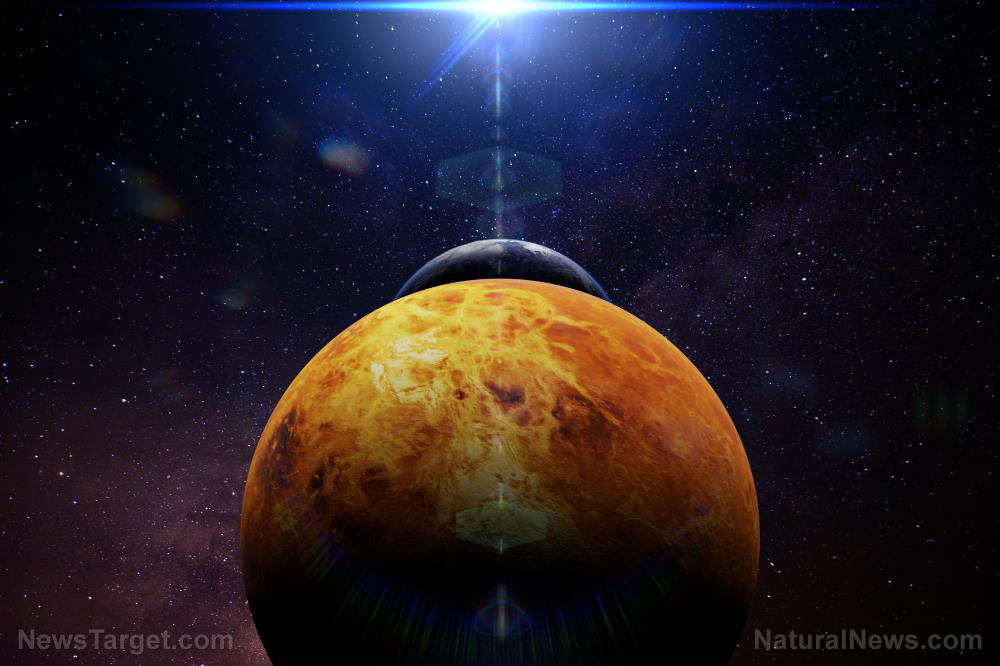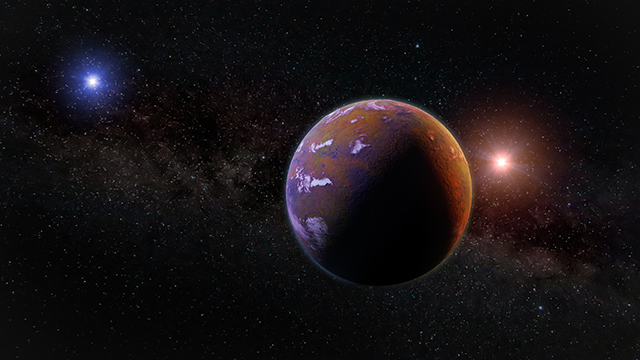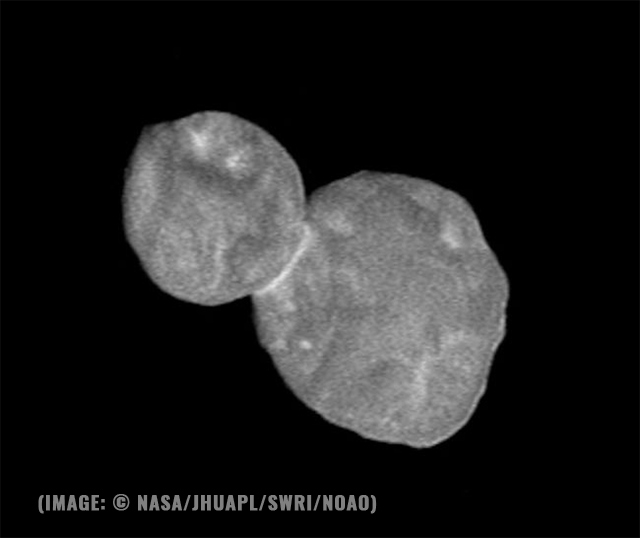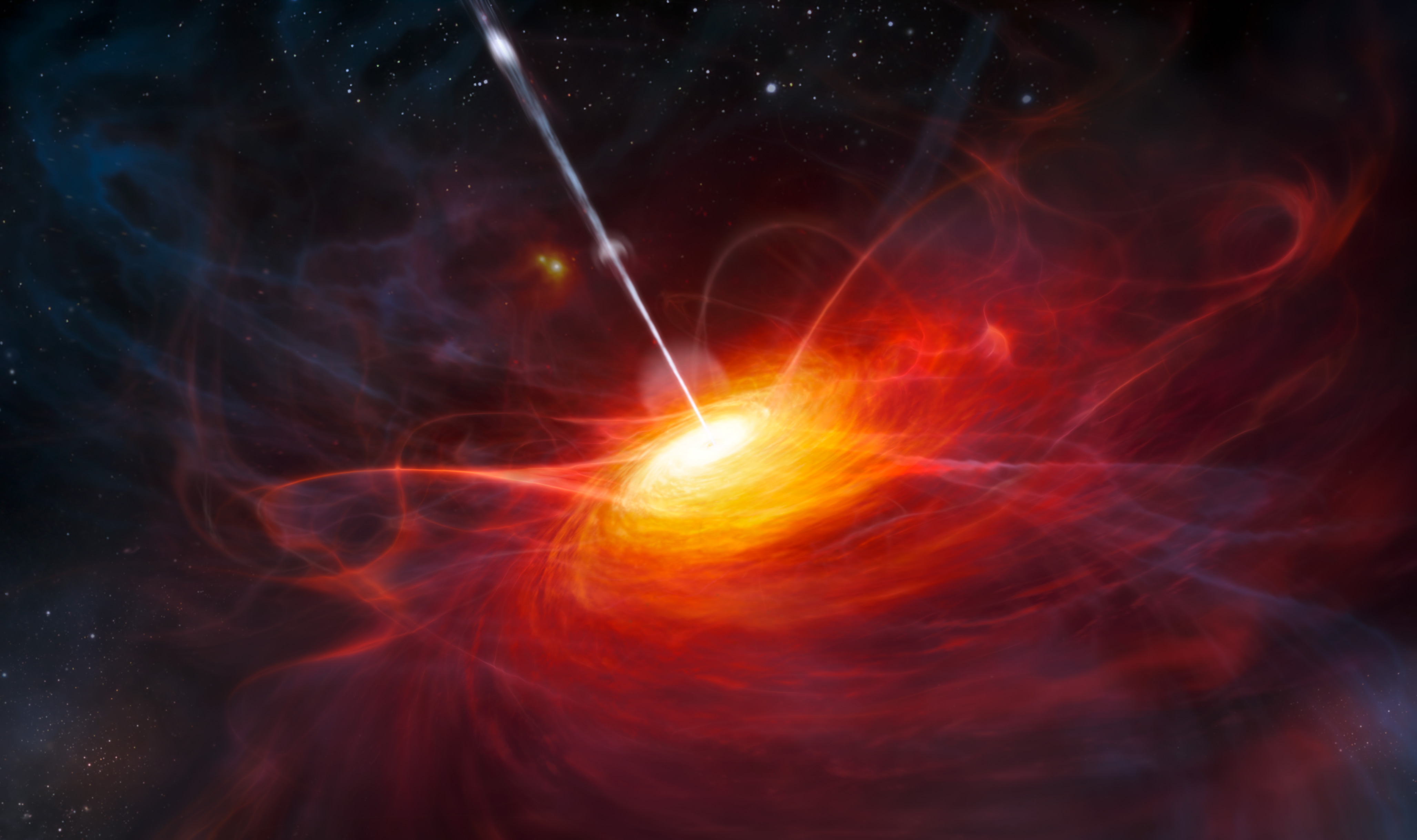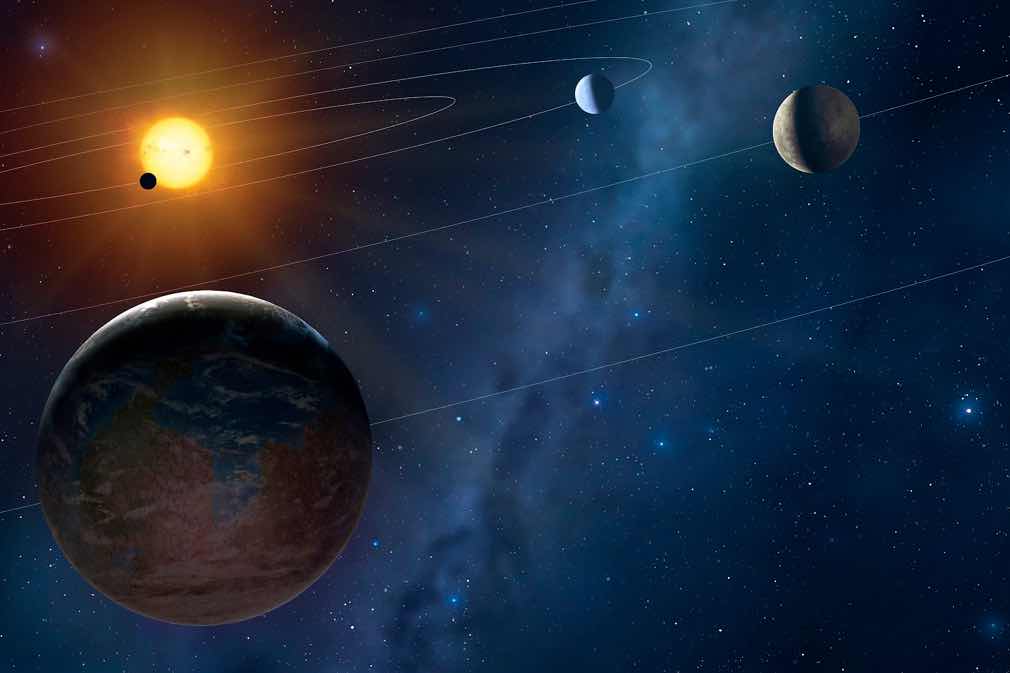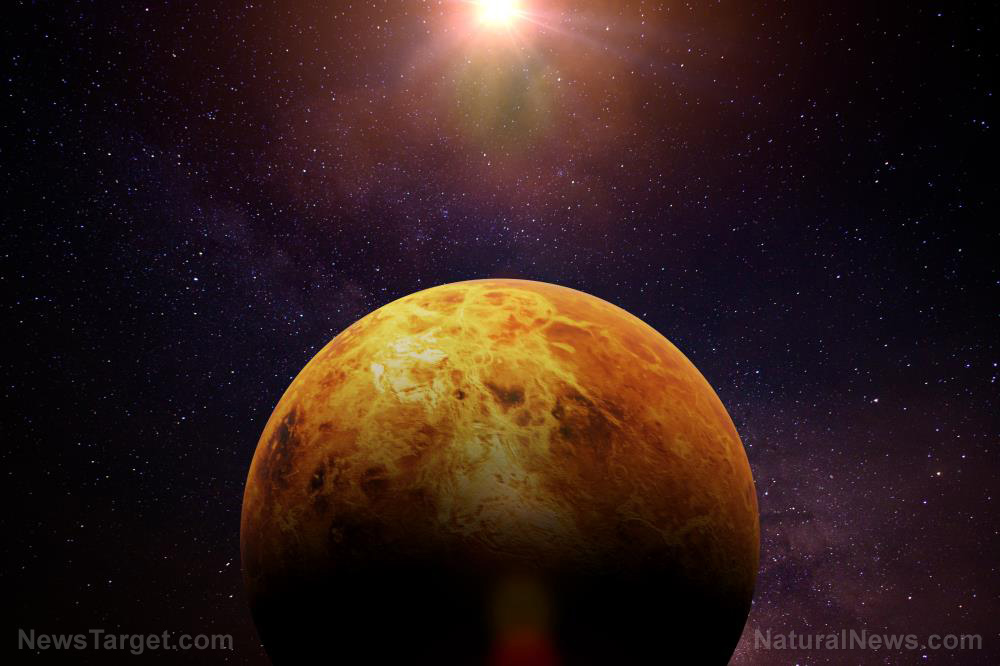Scientists have discovered a explanation for the radiation belts around Saturn
02/21/2019 / By Edsel Cook
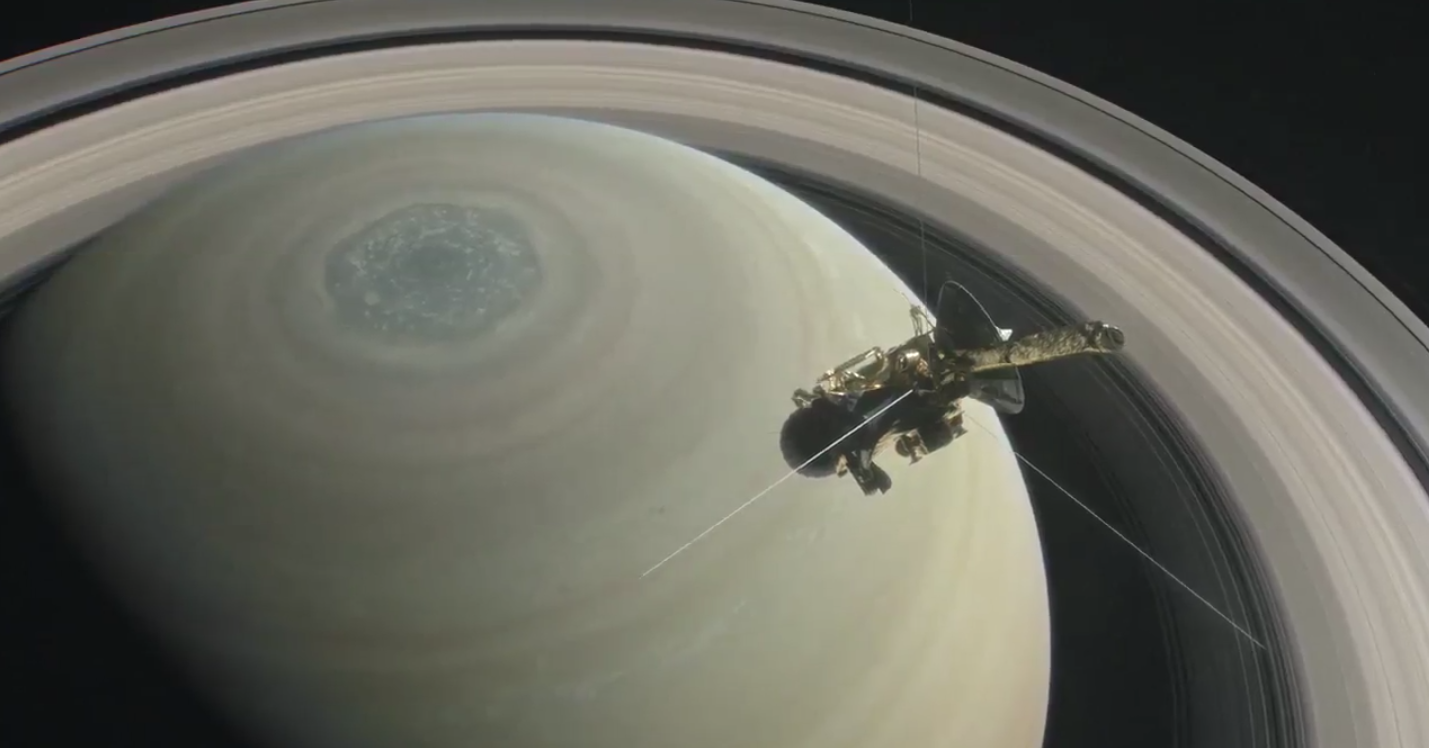
It turns out that the established school of scientific thought regarding Saturn is – while not entirely wrong – insufficient to explain the origin of its radiation belts. An international team of researchers proposed that the high-energy particles in those belts are not just affected by radial diffusion, but also by their interactions with Z-mode waves.
The magnetic field of a planet will capture any charged particles that come its way. As time passes, the trapped particles will form radiation belts around the planet. Inside these doughnut-shaped areas, electrons can be accelerated to speeds approaching that of light.
The Van Allen belts of Earth are the most well-known examples due to their proximity to us. But the radiation belts around Saturn have been scrutinized for 13 years by the instruments aboard NASA’s Cassini space probe.
When researchers of the British Antarctic Survey (BAS) added the results of their computer model to the Cassini data, they unearthed new facts about the activity of the high-speed electrons inside Saturn’s radiation belts. Their findings contradicted the long-leading theory that radial diffusion is solely and primarily responsible for the speed of those particles. (Related: Cassini mission reveals another giant, mysterious vortex on Saturn’s northern pole.)
New study claims Z-mode waves sustain Saturn’s radiation belts
In radial diffusion, electrons are constantly pushed toward the planet. This movement imparts energy on the electron, which speeds them up to higher energy states. This is the model that works for Earth, and it was believed to apply to Saturn as well.
There are other ways of speeding up electrons. The passage of energetic particles can cause the plasma inside the planet’s magnetosphere to form “chorus waves.”
These plasma waves got their name because they can be recorded and converted into audible sound. Responsible for the auroras of Earth, chorus waves have also been observed in Jupiter.
While chorus waves in Saturn are believed to exert little effect on the energetic particles, the BAS researchers found a similar plasma wave that fulfills this role – Z-mode waves.
“This research is really exciting because the high energy electrons in the radiation belt around Saturn have always been assumed to come from radial diffusion,” remarked BAS researcher and study paper author Emma Woodfield. “We’ve identified a different way to create a radiation belt that no one knew of before.”
A more accurate way to predict Earth’s space weather
In the paper she published in the scientific journal Nature, Woodfield explained that the Cassini data showed an abundance of Z-mode waves in Saturn’s radiation belt. She and her fellow researchers fed that data to their computer model in order to see what Z-mode waves can do to electrons on a planetary scale.
Based on their findings, the Z-mode waves in the radiation belts around Saturn are able to energize electrons much faster than the radial diffusion process. Furthermore, both processes complement each other in sustaining the activity of energized particles in the belts.
Woodfield added that their new findings on Saturn’s radiation belts will broaden our understanding of other radiation belts around planets such as Earth. Researchers will be able to make more accurate predictions of potentially dangerous space weather inside Earth’s magnetosphere, making it safer for astronauts and satellites who have to venture into the heavily irradiated Van Allen belts.
“I think it’s most critical to understand the extreme radiation environments of the outer planets,” said Yuri Shprits, a researcher at GFZ German Research Centre for Geosciences who assisted Woodfield. “These studies provide us with a unique opportunity to evaluate the potential extremes of terrestrial space weather and to understand what space weather conditions may be around planets beyond our Solar system (exoplanets).”
Sources include:
Tagged Under: astronomy, chorus waves, electrons, magnetic field, planets, radiation, radiation belts, radiation science, saturn, science and technology, Space, space weather, z-waves


